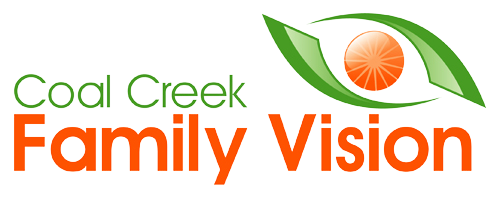Dry Eye Therapy
Dry eye disease (DED), or ocular surface disease (OSD) as it is often referred to in the eye care community, is a common and frustrating source of eye discomfort for many. Though the estimated prevalence in studies can vary significantly, some studies estimate that greater than 50% of the population suffer from one form of dry eye disease or another.
Not All Dry Eye is Created Equal
Dry eye disease is experienced differently by everyone; its symptoms can range from person to person. Dry eye disease can also have multiple causes, and to properly treat dry eye, our team would need to identify the underlying condition so we can treat it.
The following issues can cause dry eye
or ocular surface disease:
To put it simply, this is the type of dry eye that occurs when we don’t produce enough tears.
The most common form of dry eye, this occurs when our tears are of poor quality and fail to adequately coat our eyes when we blink. This is caused by a lack of crucial oils and other secretions in our tears. It is often the result of clogged meibomian glands in the eyelids. When healthy, these glands release clear oil, but when unhealthy, the oils thicken and turn white like toothpaste. If these glands are not unclogged they can atrophy. Once these glands are lost, our dry eye symptoms can become more severe and more difficult to treat.
This is not true dry eye, but it can mimic the burning sensations often experienced in dry eye patients. Neurogenic “Dry Eye” is a result of a problem with our trigeminal nerve, a nerve that is responsible for sensation in the eye and surrounding area. Patients suffering from this form of discomfort will often also experience head and neck pain, as these are also areas that the trigeminal nerve innervates.
This is a very common condition that often leads to the evaporative form of dry eye. Patients with blepharitis will experience inflammation and crusty or sticky eye lids due to bacteria and/or demodex mites that live on our skin surface and at the base of our lashes. Eyelid bacteria can cause a biofilm that will inflame the eyelids and cause the oil lids in our eyelids (meibomian glands) to become clogged and often atrophy. An example of a biofilm is the plaque that forms on our teeth.
Unfortunately most types of dry eye aren’t mutually exclusive and patients can have a mixed form requiring a modified treatment approach.
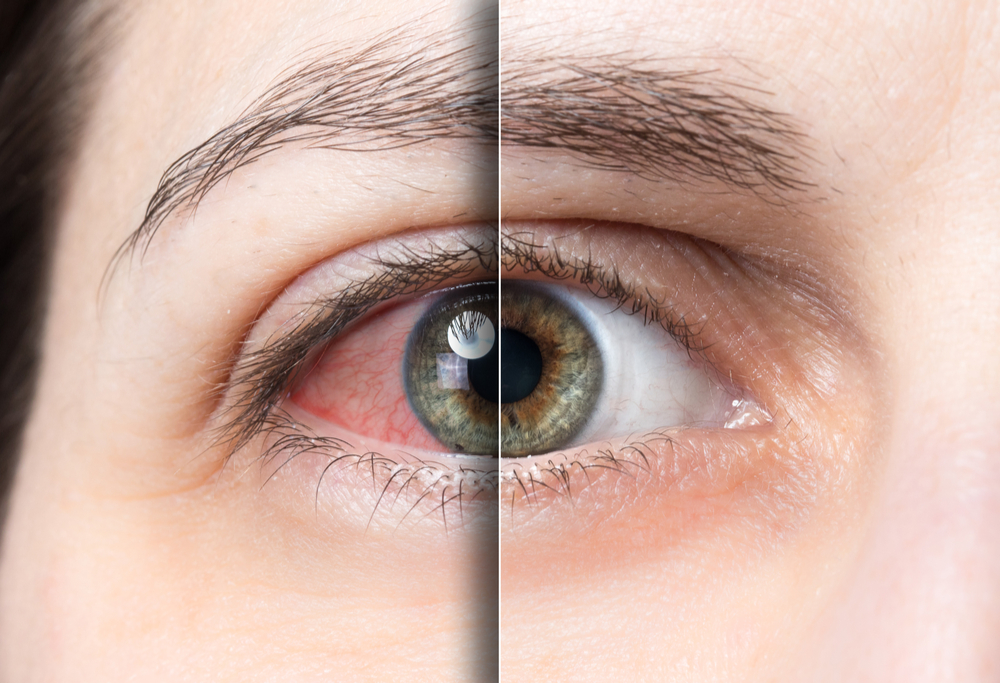
HOW CAN COAL CREEK FAMILY VISION
HELP WITH MY DRY EYES?
Here are some treatment options we offer for the various forms of dry eye.
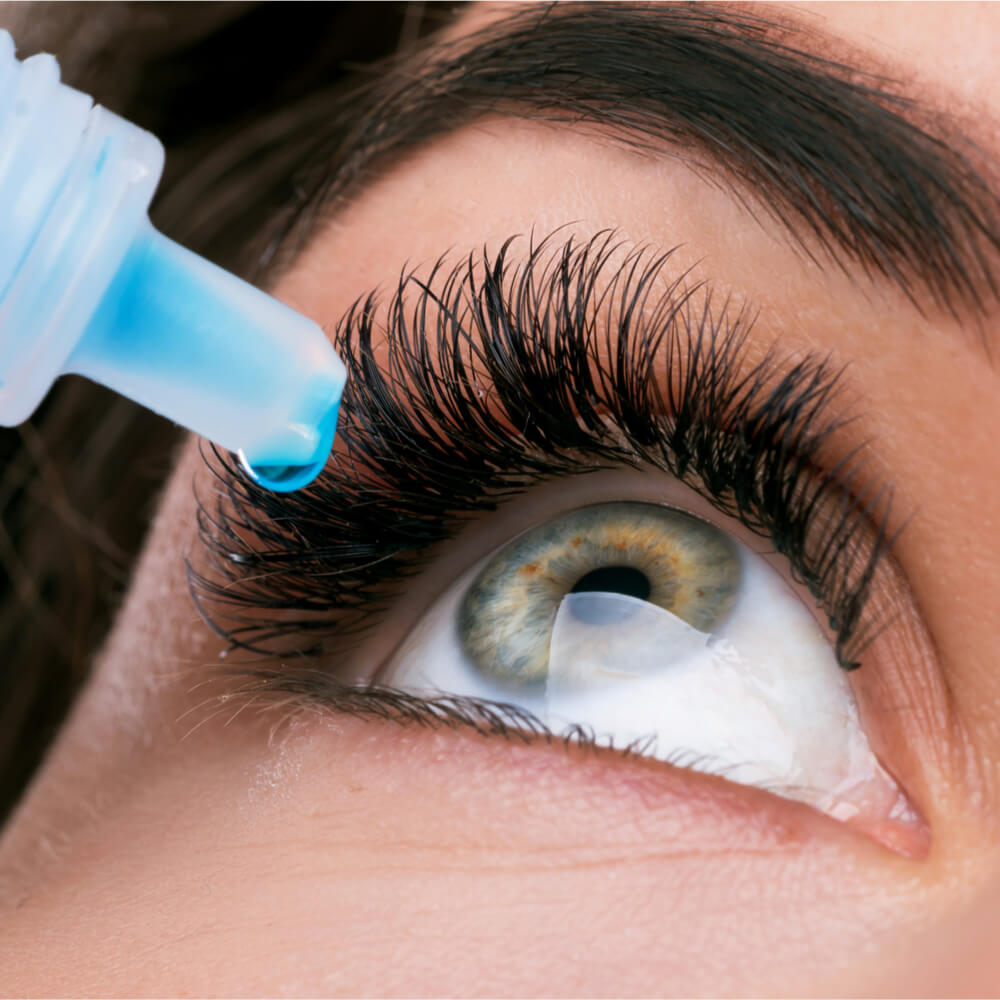
Aqueous Deficiency
With this form of dry eye our goal is to increase the amount of moisture at the surface of the eye.
- Over -the-counter Artificial Tears: These lubricating drops may provide enough temporary relief for patients with very mild dry eye to function comfortably throughout the day.
- Prescription Eye Drops: Drops such as Restasis, Xiidra, and Cequa may help some patients produce a greater quantity of their own tears. These treatments tend to be more effective for moderate to severe disease.
- Punctal Occlusion: This involves the use of small temporary plugs that block the “drain” through which tears leave our eyes. This is a treatment designed to keep more of our natural tears in our eyes.
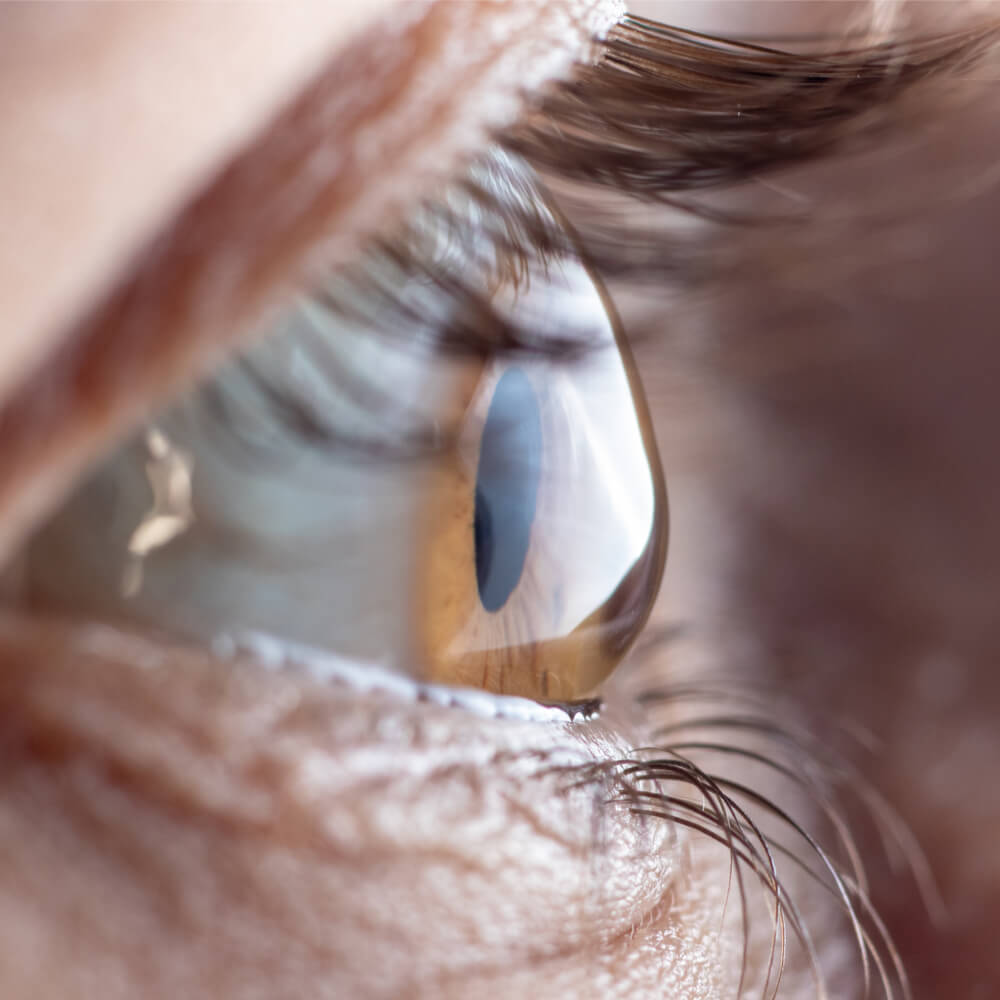
Evaporative Dry Eye/Meibomian Gland Dysfunction
With this form of dry eye, our goal is to improve the quality of the tears so that they better coat and protect our eyes.
- ZEST Treatment: This is an ophthalmologist developed lid cleansing procedure designed to gently remove bacteria, debris and any lid biofilm while at the same time reducing inflammation. It is an excellent way to establish a solid foundation for improving eyelid health and function.
- De-3 Omega-3: We hand picked this omega-3 supplement from among several. Omega-3 supplementation has been shown to improve the quality of oil secretions in our eyelids resulting in improved tear quality. What sets this product apart is the high amount of EPA, as well as a therapeutic dose of over 2000mg per day of Omega-3 in a triglyceride form similar to that found in fatty fish, not the synthetic ester form found in cheaper Omega-3 supplements. De-3 Omega-3 is available at the office or you can order online for home delivery.
- TempSure Envi Radiofrequency: This is an advanced treatment option that will comfortably and precisely heat the eyelids to the temperature necessary to melt the hardened oils blocking the meibomian glands of the eyelids. This option will help to effectively open clogged glands restoring their function. Added benefits of this therapy include tightening of the eyelid tissue and some added cosmetic benefits including reduction of fine lines and wrinkles. Tightening of the eyelid can result in better overall lid function.
- Warm Compresses: Warm compresses are an excellent maintenance option to keep functioning meibomian glands from becoming clogged and are a part of a successful home maintenance plan.
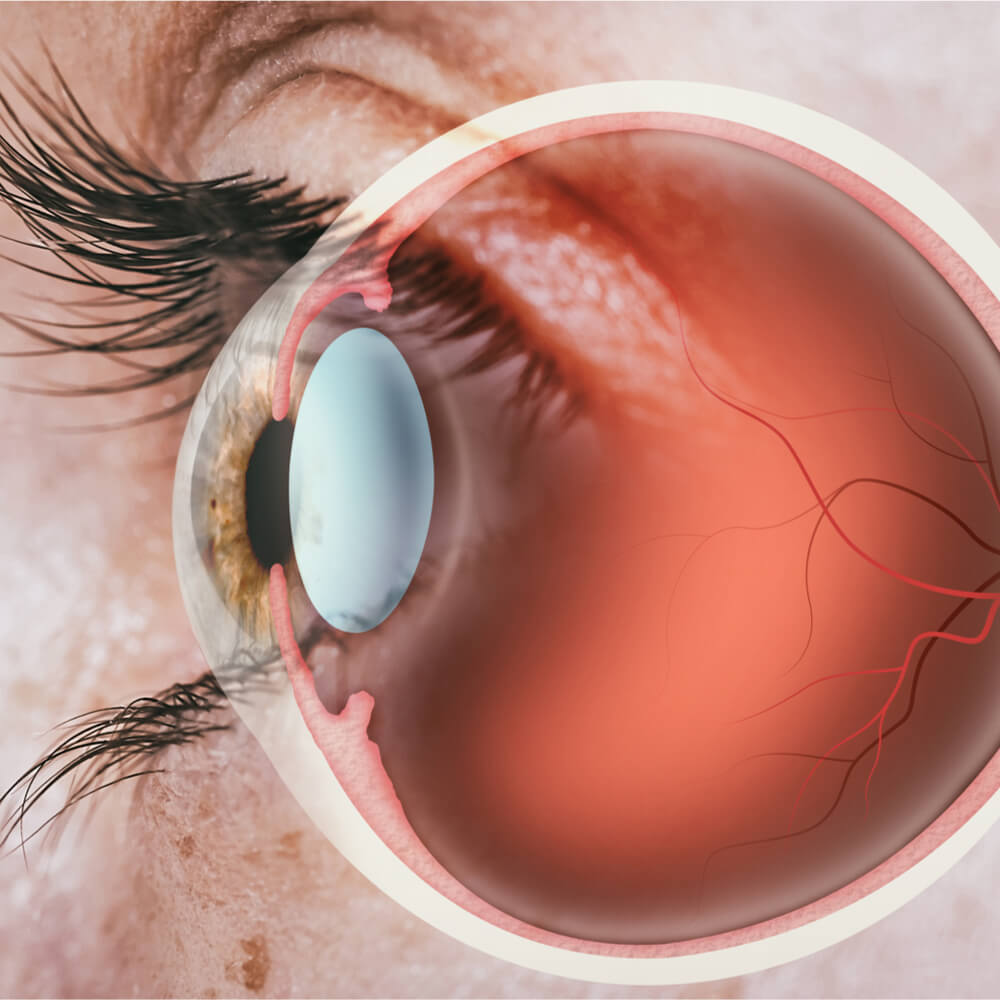
Neurogenic “Dry Eye”
This disorder of the trigeminal nerve is often caused by overstimulation of the nerve by the system that aims our eyes so that they work together. This can lead to a dry eye like burning sensation of the eyes and other symptoms such as eye fatigue, headache, neck ache and more.
- Neurolens: A patented lens design with contoured prism has been shown to relieve problems associated with overstimulation of the trigeminal nerve. This exciting Neurolens technology not only helps to focus the eyes, but it aids the eye in working together with greater precision, less strain and in turn can alleviate the symptoms of neurogenic dry eye.
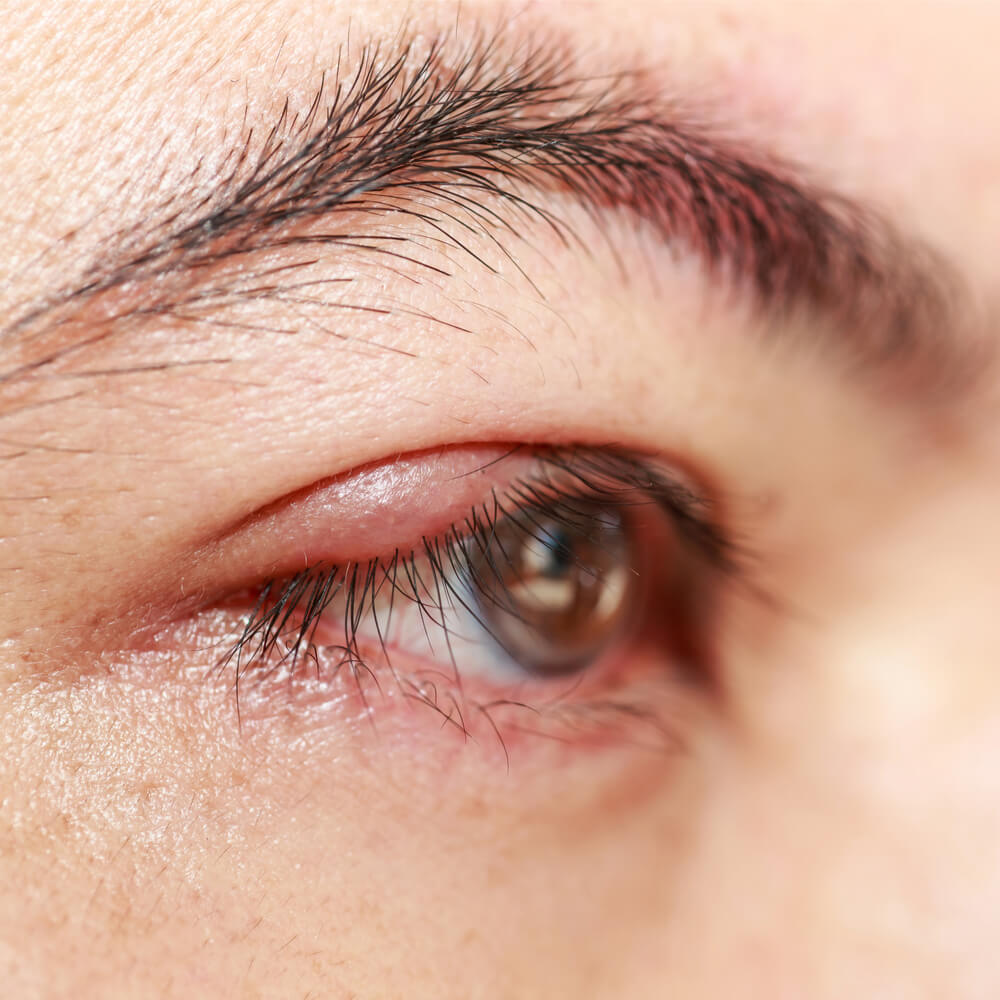
Blepharitis
The inflammation and irritation from this condition are caused by an eyelid environment that bacteria and/or demodex mites may thrive in.
- Treatment of blepharitis involves cleansing the lid environment. At Coal Creek Family Vision, we utilize the ophthalmologist developed ZEST eyelid treatment. A fast, comfortable, and effective in-office treatment that will cleanse the glands, reduce inflammation, and prepare the lid for recovery.
- Eyelid maintenance hygiene with gentle cleansing products designed to specifically treat blepharitis. We offer multiple tea tree and okra based products specifically designed to reduce or eliminate biofilm causing bacteria and mites.
Independent Review of Omega-3
Scleral Lenses
Scleral lenses are a larger contact lenses that vault the front of the eye while the edges rest on the white part of the eye – the sclera, hence the name! Traditionally these lenses are used to help correct refractive error, corneal irregularities, help to protect the eye, and provide moisture to the eye.
The vaulted fit of scleral lenses fill in with your tears to not only sharpen your vision, but also to help your eyes stay hydrated throughout the day. We have special instruments to aid in scleral lens customization in order to optimize comfort, vision and health.
Scleral lenses can also be useful in helping patients who have irregular corneas experience less glare, halos or shadowed vision by creating a more even refractive surface. We use our Medmont topographer to get measurements of the cornea to aid in optimal fit for the best vision and comfort combined.
Explore the science behind the therapeutic benefits of scleral lenses from the American Journal Of Ophthalmology: Romero-Rangel T, Stavrou P, Cotter J, Rosenthal P, Baltatzis S, Foster CS. Gas-permeable scleral contact lens therapy in ocular surface disease Am J Ophthalmol. 2000;130(1):25-
Ask us about Ortho-K at your next exam!
MYOPIA MANAGEMENT
At Coal Creek Family Vision we are honored when parents place their trust in us to care for the eyes of their children.
As we grow during childhood our eyes also grow. If the eye grows too much it will become nearsighted. Through the years when we’ve seen our child-aged patients become nearsighted, understandably concerned parents would ask what can be done to keep their children’s eyes from worsening.
In years past, we could offer little more than a promise to adjust the glasses prescription as the condition of nearsightedness (also known as myopia) advanced. Through the efforts of those behind multiple peer-reviewed scientific studies, interventions have been developed that are proven to slow the increase in myopia as children grow.
Treatment options for myopia management include
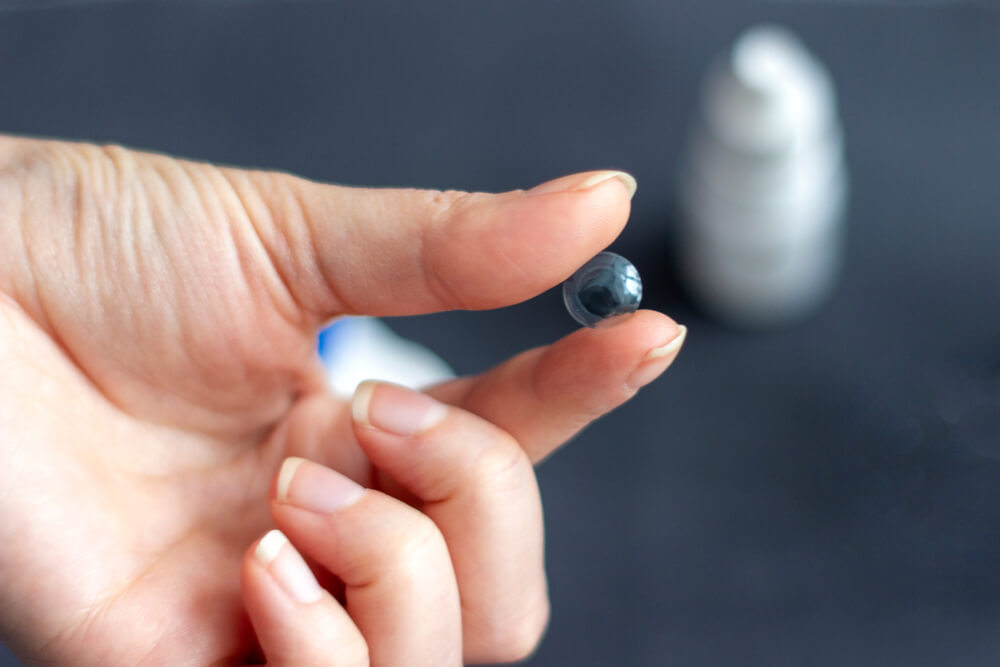
Orthokeratology
These special lens retainers worn during sleep have been shown to change the way light focuses on the retina (the lining inside of the eye that collects information necessary for sight). This altered focus known and peripheral myopic defocus reduces the stimulus that is thought to cause the eye to grow.
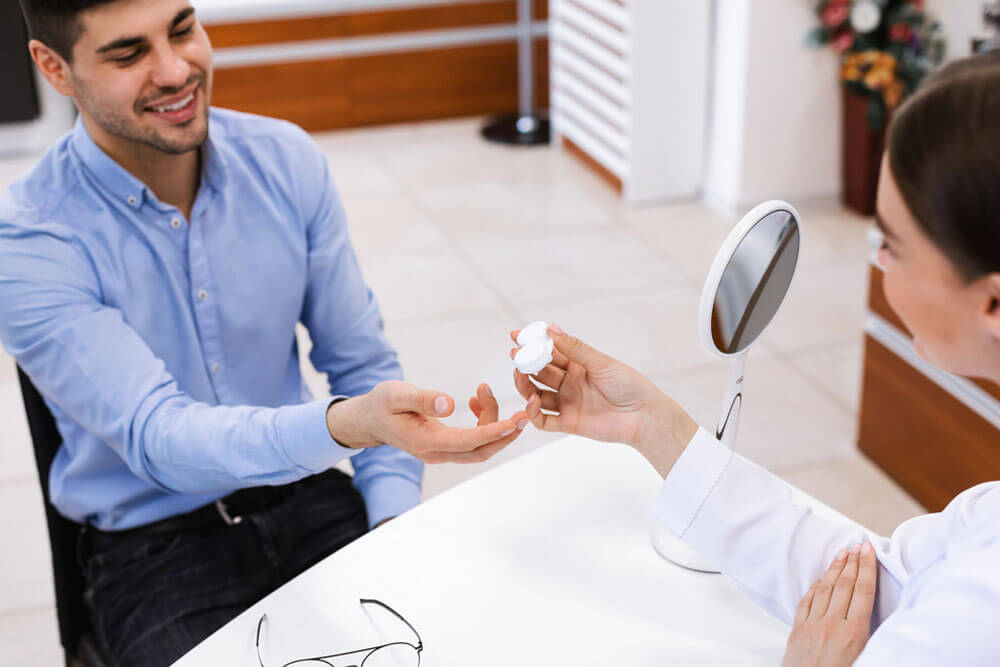
Peripheral Defocus
Soft-Contact Lenses
These special contact lenses such as the MiSight lens, which has FDA approval for myopia management, act in a way similar to OrthoK in that they create peripheral myopic defocus to reduce growth of the eye.
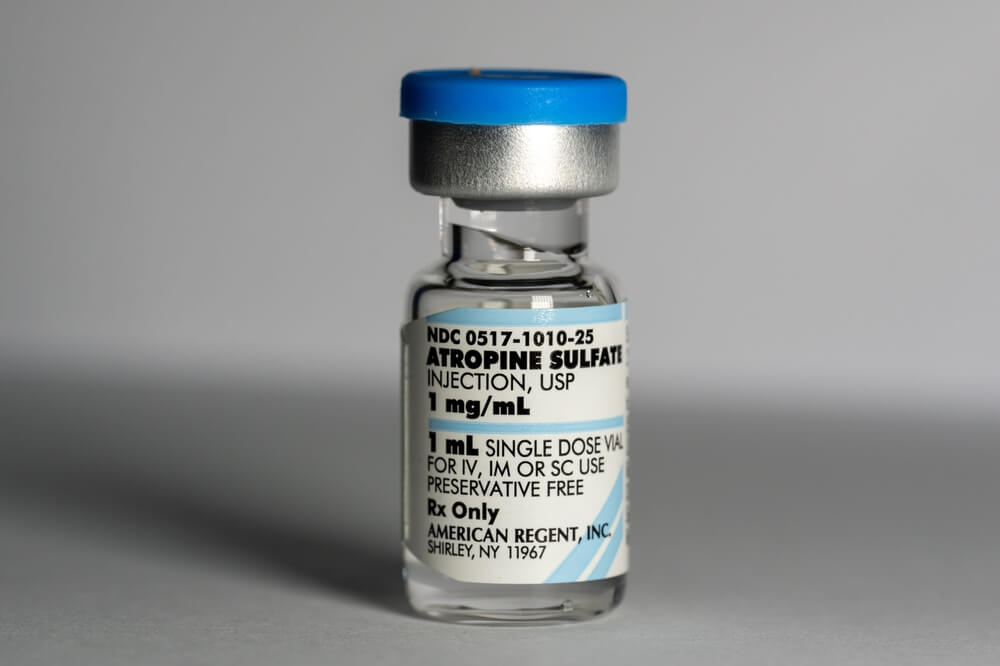
Atropine
This safe eye drop has been shown to slow the growth of the eye when used in very low concentrations. It has been used in a concentration of 1% for many years, but concentrations as low as 0.05% have been proven effective at slowing the growth of the eye with minimal or no side effects.

Spectacle Lens Options
Special eyeglass lenses have been developed that have been shown to be effective at reducing the rate of myopia progression. None of these special lens designs are currently available in the U.S., but we anticipate they will be available in the next few years
Why Should I Choose Myopia Management For My Child?
While myopia management is not guaranteed to stop the increase in your child’s nearsightedness, the options we offer have been proven in scientific studies to significantly reduce the rate of myopia progression and the final degree of myopia. Reducing the amount of myopia developed can have a substantial impact on quality of life. Additionally, individuals with lower degrees of myopia are at substantially reduced risk of developing eye disease later in life. This includes reduced risk for glaucoma, myopic macular degeneration, and retinal detachment which all carry substantial risk for permanent vision loss. Lowering the degree of myopia also increases the likelihood that your child will have options such as laser vision correction when they reach adulthood.
Why Should I Choose Coal Creek Family Vision For Myopia Management?
At Coal Creek Family Vision, we have made investment in both time and equipment to ensure that our Myopia Management program offers the latest science-backed methods to reduce the change in your child’s prescription and to monitor the effectiveness of our therapies. We monitor effectiveness of treatment by tracking both changes in prescription and the axial length of your child’s eye (a method five times more accurate than monitoring prescription alone). We are able to monitor and chart axial length through utilization of the Myopia Master, a cutting edge device that will measure the length of the eye with great precision and allow for reports that are customized to your child so that you have a clear understanding of the efficacy of treatment.
in-office solutions
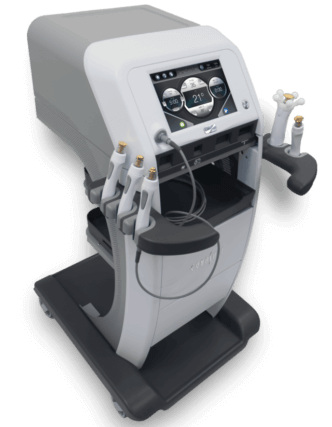

A safe and effective a radiofrequency (RF) laser treatment done completely in-office
TempSure Envi works to minimize facial lines and wrinkles without the need for injections or downtime. This revolutionary treatment encourages new collagen production by using radiofrequency energy to deliver gentle heat to the skin. Through the use of a radiofrequency monopolar device, this therapy helps trigger the skin’s natural response to create new collagen without damaging the epidermis.
TempSure Envi treatments are recommended for those with fine lines, wrinkles, and sagging skin around the eyes. Still, this treatment can also treat symptoms of chronic eye conditions such as eyelid margin disease and meibomian gland dysfunction. It has been reported to help relieve migraines, neck pain, and eye strain often associated with vision problems.
Treatment Time is about 30-60 minutes
Tightens & tones skin around the eyes
results enhance over time!
frequently asked questions
TempSure Envi & Omega-3
De 3 contains 2240mg of EPA and DHA in an ultra-purified triglyceride (rTG) form, which is a similar form to a piece of fish, but without the impurities. This form is easier for your body to absorb and micro-distilled to remove contaminants like PCBs, lead, mercury and more. Many store-bought omega-3s contain less than 600mg of EPA and DHA and are in a synthetic (ester) or unpurified form, which is difficult to absorb and leaves a fishy odor/aftertaste.
The American Heart Association and the American Cardiology Association recommend 2-3 grams of omega-3s daily (EPA+DHA). To get this amount of Omega 3s (generally equal to 3 soft gels of PRN Omega 3s daily) from eating fish, you would have to consume the equivalent of 37 cans of tuna per week! Eating this much fish could result in an increased risk for mercury poisoning. Other fish that can be purchased in stores are mostly farm-raised which have little Omega-3s, or wild-caught, which are optimal but have an increased risk of being contaminated with harmful PCBs, dioxins, mercury, etc.
Flaxseed contains the plant source of Omega-3s, also known as alpha-linolenic acid (ALA). This form is less easy to absorb and less effective in the body. Marine-based Omega-3s have been shown to be more absorbable which may provide systemic benefits.
